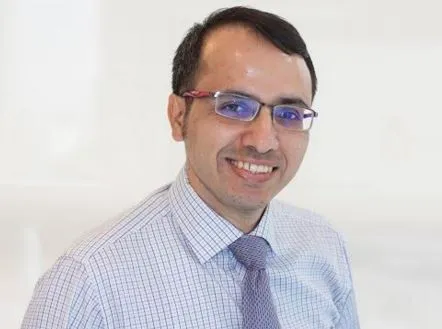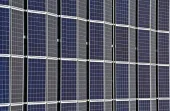
"Too lengthy" approval time plagues Philippines' power project scene
Land acquisition and transmission issues make the situation worse.
Asian Power recently delved into the issue of whether the Philippines' changing power market did the country more harm than good.
Now, we talked to Dr. Bikal Pokharel, principal power sector analyst at Wood Mackenzie, to further flesh out the policy potholes plaguing the Philippines. Is there still hope for the country's power sector policies?
How would you describe Philippine's investment environment currently?
Philippines is a growing economy with an expected cumulative power demand growth rate of above 4.5% in the next 15 years. This would require significant investments in the power sector. We estimate US$ 6 billion of investments will be required for power project developments from now to 2020 and 13 billion by 2025.
How supportive has the government been in accommodating power investors?
Investment in the power sector is mostly linked with a successful signing of PSA (Power Supply Agreement) that is approved by the ERC (Energy Regulatory Commission). With current market rules under EPIRA (Electric Power Industry Reform Act), coal-fired generation mostly gets approved as it is the most economical option available. Hence, most of the projects that are under construction at the moment are coal-fired plants. However, anyone with an appetite for risk is free to enter the market as a merchant player in the competitive electricity market. EWC and First Gen are entering the market this year as merchant players with gas-fired plants. In the renewable front, with Feed in Tariffs (FiTs) in place, there has been plenty of interest in wind and solar power projects.
The Philippines is one of the almost-ripe markets for RE, how far along is the country in becoming a healthy market for RE investment?
Yes, Philippines has done very well with renewables projects in the last couple of years, Among the ASEAN countries, it is second to Thailand in non-hydro renewables growth. Wind, solar, biomass and run-of-the river hydro plants are all supported by FiTs. FiT for Solar, in particular, at US$180/MWh for 20 years is very attractive. High electricity spot prices support renewable growth and renewable energy get a priority for grid connection and purchase. With a very aggressive COP21 INDC targets of GHG (CO2e) emissions reduction of about 70% by 2030 from business as usual, opportunities for renewables growth with government support can substantially increase in future. Hence, renewables in the Philippines will likely become a healthy investment opportunity.
The country has been targeting to shift to renewable energy, why is the shift taking too long to happen?
Growth in solar has been higher than the government projections in the last couple of years but capacity caps from the government limit higher growth. As incentives from FiTs are lowered, the growth will likely become slower. We have seen this happen in mature markets like Germany and the US. However, if the DOE's (Department of Energy) proposal for fuel mix policy with 30% renewables is approved this year, we might see a shift in renewable energy growth over the next few years.
How should the Philippines strip itself off of the notorious red tape stigma?
Project approval process at the central and regional levels have been too lengthy historically. Land acquisition for power projects and transmission infrastructure is getting more difficult. To address these issues, Philippines can work on policy measures to streamline project implementation processes. For instance, Indonesia in 2015 came up with a few policy measures to fast track project development under the 35GW program and we have seen several project awards and construction start-ups since then. However, in the Philippines, new policy approvals can take a long time as well.
What would you say will be its biggest challenge for the whole year? How should the country overcome it?
This year is an important year for gas-fired generation in the Philippines. The first LNG import with 2x200 MW gas-fired plants from the EWC is expected to be commissioned in Pagbilao. First Gen's 100 MW Avion plant has come on line and 414 MW San Gabriel plant is expected to start later this year. These projects are exposed to the spot market as they do not have PSAs to guarantee their demand. Performance of these plants will showcase whether a gas-fired plant is a viable option in the Philippines spot market without any kind of support. Additionally, the fate of DOE's fuel mix policy will likely to be determined after the elections in May.
Apart from these, EWC's gas-fired plants have been delayed and First Gen's San Gabriel plant is expected to commission in the second quarter. Hence, meeting demand in peak summer months can still be a challenge this year. Like last year, DOE might ask industries or commercial buildings to use their own captive generation during peak hours.



















 Advertise
Advertise







